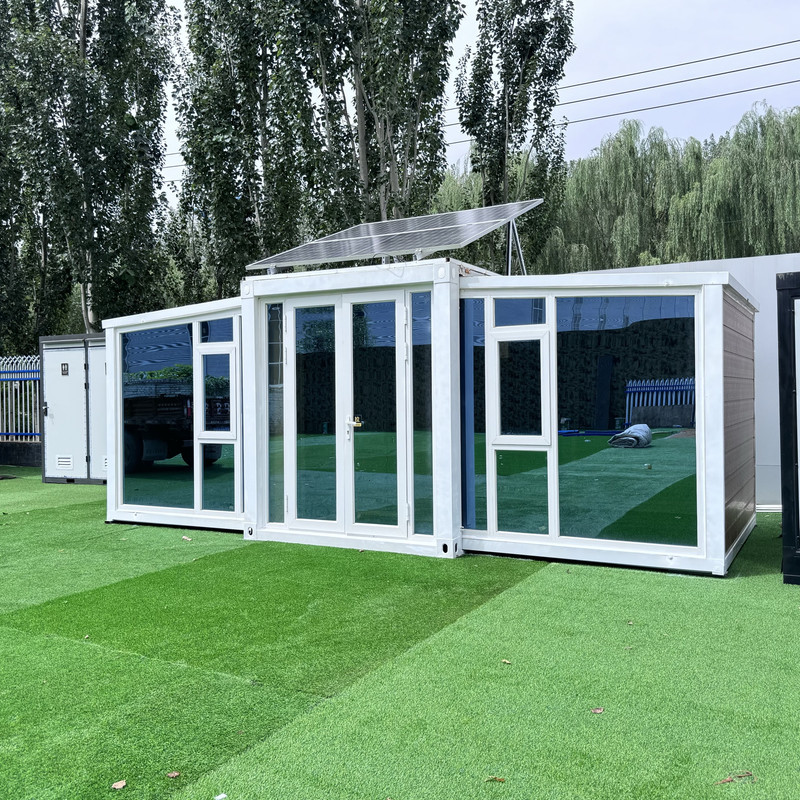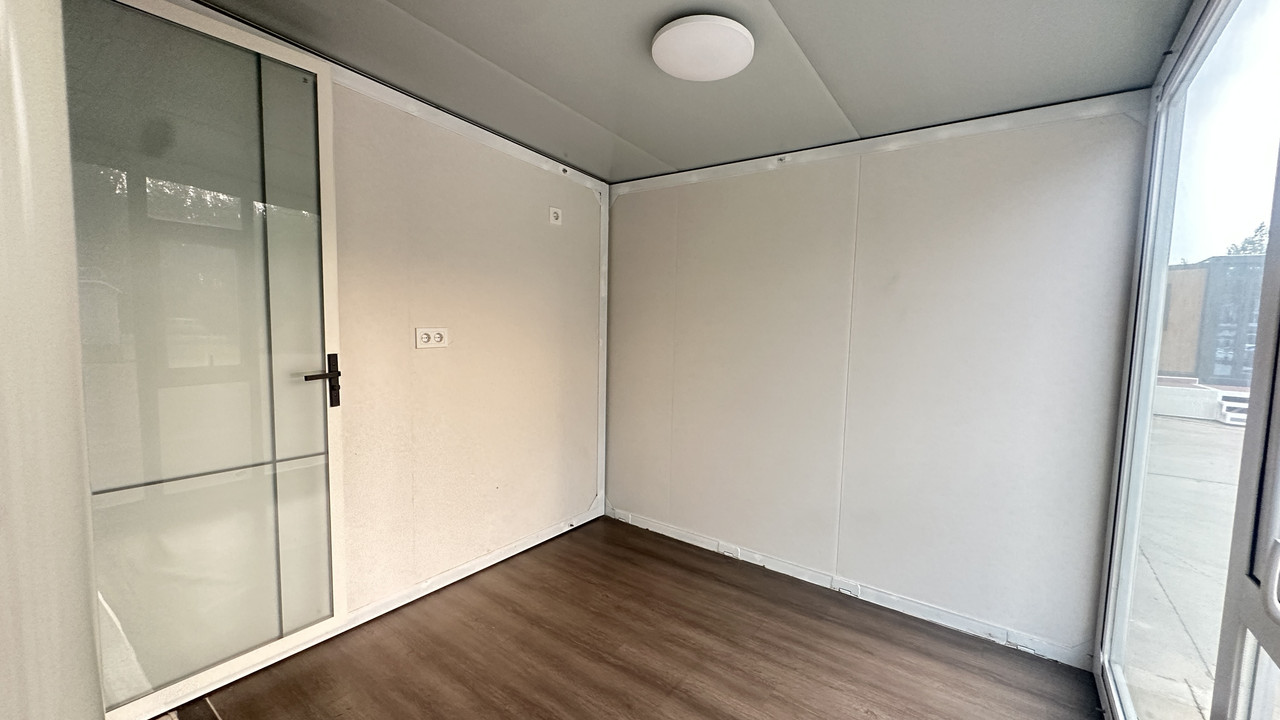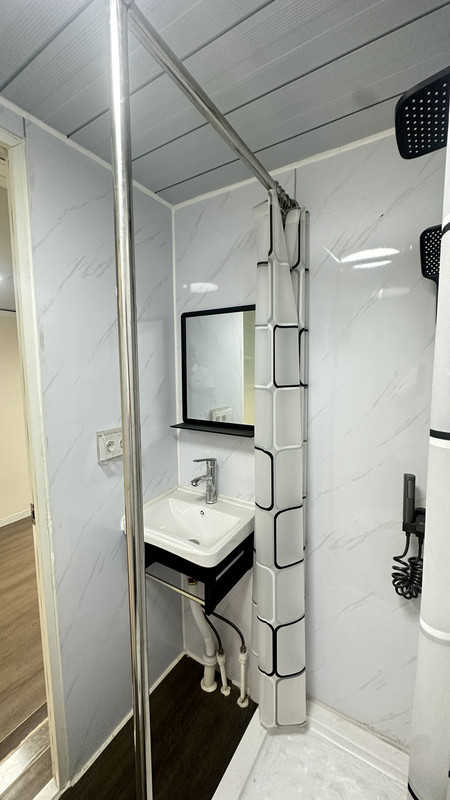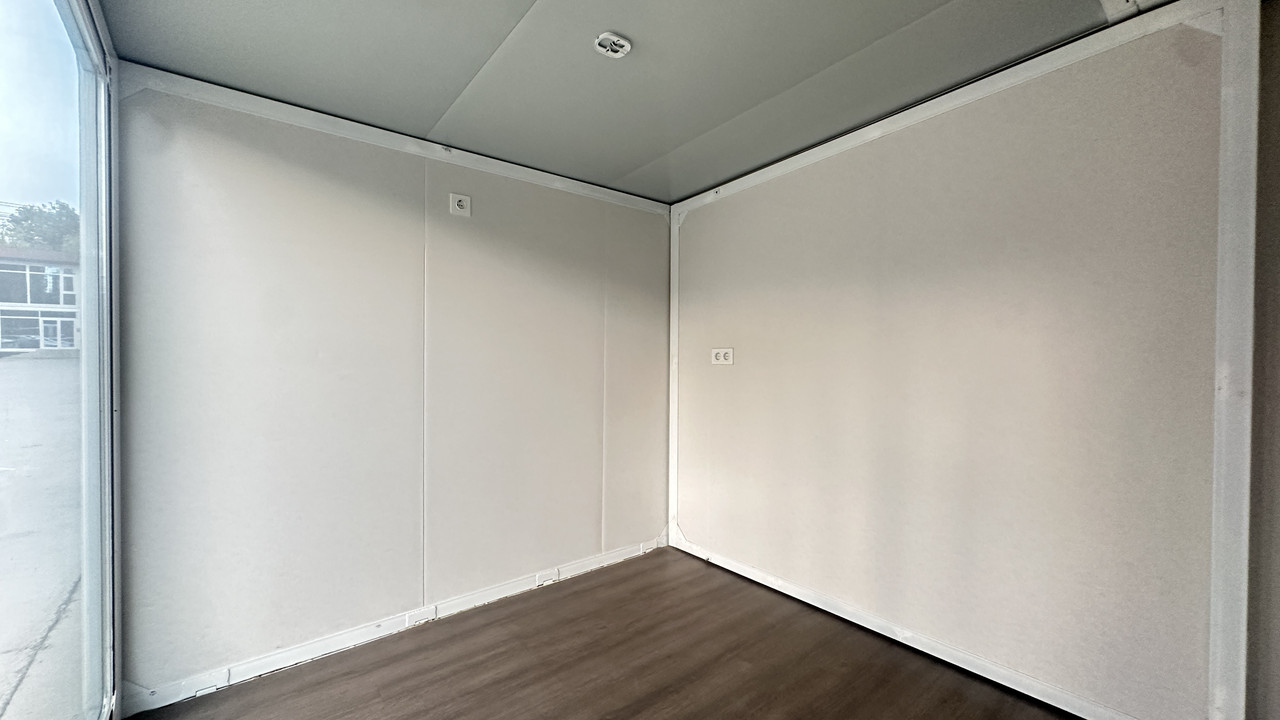Discover the innovative 10ft expandable container house – a modern, space-efficient solution in prefabricated 1 bedroom mobile homes. This article explores its expandable design, rapid installation, eco-friendly features, and versatile applications, offering insights for affordable, sustainable living.
In the evolving world of housing, prefabricated 1 bedroom mobile homes are gaining traction for their affordability and flexibility. Among these innovations, the 10ft expandable container house stands out as a game-changer. Combining industrial durability with residential comfort, this compact yet spacious unit redefines mobile living. Let’s dive into what makes it a standout choice for modern homeowners.
What Is a 10ft Expandable Container House?
Imagine a home that starts as a compact 10ft-wide steel container but transforms into a fully functional living space at the push of a button. That’s the magic of the expandable container house. Designed for mobility and efficiency, it features foldable sections that extend to double its footprint, creating a comfortable 1-bedroom layout. Unlike traditional mobile homes, this unit prioritizes rapid deployment without sacrificing quality or aesthetics.

Key Features That Redefine Mobile Living
1. Space-Saving Expandable Design
The core innovation lies in its expandable mechanism. When transported, the unit remains compact for easy shipping. On-site, hydraulic systems unfold the structure in under 30 minutes, revealing a spacious interior. This design maximizes usable space while minimizing land use – perfect for urban lots or remote locations.
Your browser does not support the video tag.
2. Fully Equipped 1-Bedroom Layout
Despite its compact origins, the expanded unit includes a private bedroom, open-plan living area, functional kitchen, and modern bathroom. High ceilings and large windows enhance natural light, creating an airy feel. The bedroom accommodates a queen-sized bed with storage solutions, while the living area features convertible furniture for multi-purpose use.

3. Durability Meets Sustainability
Built with corrosion-resistant steel and insulated panels, these homes withstand extreme weather while maintaining energy efficiency. The prefabrication process reduces construction waste by 70% compared to traditional builds. Solar panel compatibility and rainwater harvesting options further boost its eco-credentials.
4. Mobility Without Compromise
As a mobile home, it’s designed for relocation. The steel frame allows crane lifting or trailer transport, making it ideal for temporary housing, vacation properties, or disaster relief scenarios. Foundation requirements are minimal – just level ground or basic piers.

Why Choose This Over Traditional Mobile Homes?
Speed of Installation
While conventional mobile homes take weeks to assemble, this unit arrives 90% pre-fabricated. On-site setup requires just 2-3 days, including utility connections. The video below demonstrates the effortless expansion process:
Your browser does not support the video tag.
Cost Efficiency
Priced 30-50% lower than site-built homes, it eliminates labor-intensive construction. Maintenance costs are also reduced due to durable materials and modular design. For budget-conscious buyers, it offers homeownership without long-term debt.
Customization Potential
Manufacturers provide options for finishes, layouts, and smart home integrations. Whether you prefer a minimalist studio or a tech-enabled retreat, the design adapts to your lifestyle.

Ideal Applications
This versatile unit suits diverse needs:
- First-Time Homebuyers: Affordable entry into the housing market.
- Remote Workers: Dedicated home office space in scenic locations.
- Eco-Communities: Sustainable housing clusters with shared resources.
- Emergency Housing: Rapid deployment for disaster relief.

Final Thoughts
The 10ft expandable container house represents the pinnacle of prefabricated 1 bedroom mobile homes – merging innovation, practicality, and sustainability. Its ability to deliver comfort, mobility, and rapid installation addresses modern housing challenges head-on. As urbanization and environmental concerns grow, solutions like this aren’t just alternatives; they’re the future of adaptable living.
